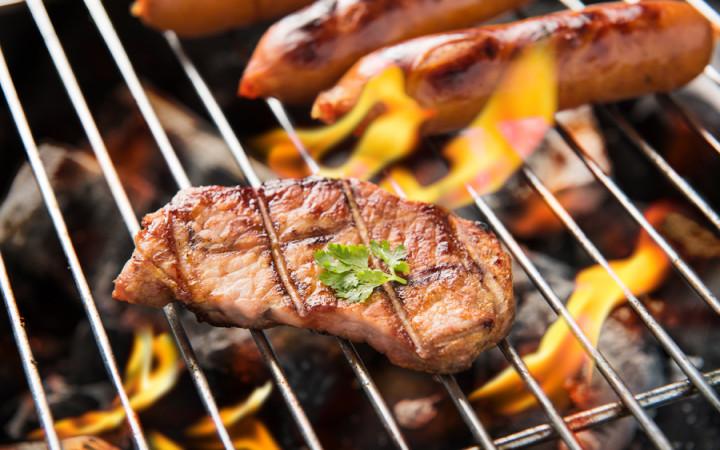
Cooking Meat: 5 Essential Rules Everyone Shoudl Know
Cooking meat can often feel like an art form—one that combines science, technique, and a dash of intuition.
Whether you’re a seasoned chef or a novice home cook, understanding the fundamentals can elevate your culinary creations and ensure that every meal is both tasty and safe.
From the sizzle of a perfectly seared steak to the tender juiciness of slow-roasted chicken, mastering the basics of meat preparation can transform an everyday dish into an unforgettable experience. In this article, we will explore five essential rules that everyone should know when cooking meat.
These guidelines will not only enhance your skills but also deepen your thankfulness for the craft of cooking. So, grab your apron and let’s embark on a journey to meat mastery!
Table of Contents
- Understanding Different Cuts of Meat
- Mastering the Art of seasoning
- Perfecting Cooking times and Temperatures
- The Importance of Proper marinating
- Techniques for Achieving a Delicious Sear
- Safeguarding Food Safety Practices
- The Way forward
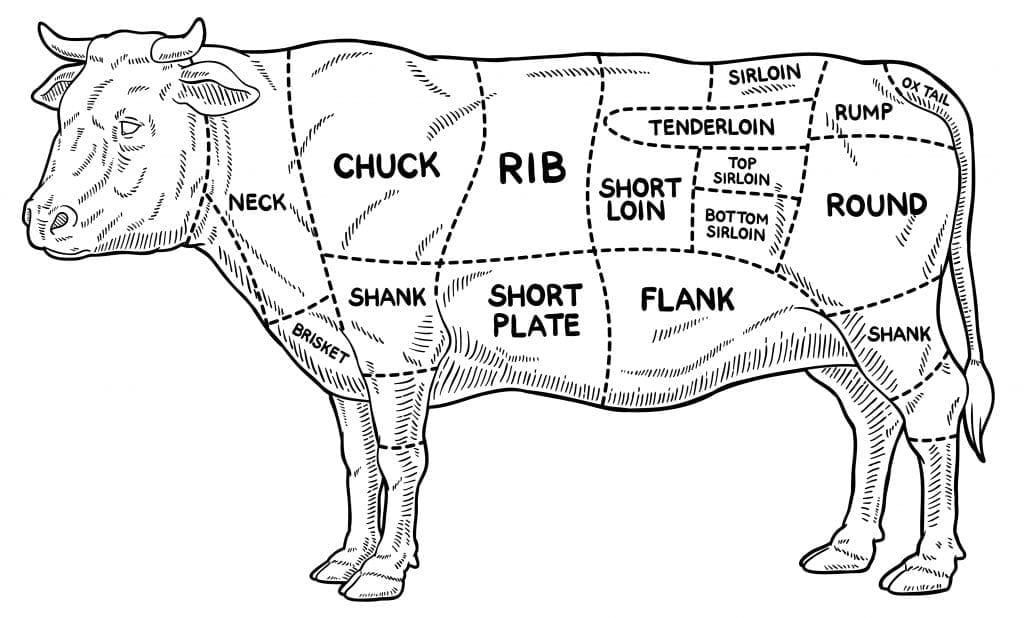
Understanding Different Cuts of Meat
When it comes to cooking meat, different cuts offer a variety of flavors, textures, and cooking methods. Understanding these distinctions can elevate your culinary skills and enhance your meals. Here are some common cuts categorized by their location on the animal:
- Chuck: Located near the shoulder, this cut is ideal for slow-cooking and braising due to its rich flavor and tenderness.
- Rib: Encompassing prime cuts like ribeye, it is indeed known for its marbling, providing a juicy and flavorful experience.
- Loin: This cut yields tender meats such as tenderloin and porterhouse,making it perfect for grilling and roasting.
- Round: Coming from the rear, round cuts are leaner and benefit from marinating and slow cooking.
- Brisket: This flavorful cut from the chest requires low and slow cooking for the best results, often used in barbecue.
each cut brings its own unique attributes to the table, making them suited for different culinary techniques. To help visualize these options, here’s a rapid reference table that outlines the primary cooking methods along with the recommended cuts:
| Cooking Method | Recommended Cuts |
|---|---|
| Grilling | Ribeye, T-Bone, Tenderloin |
| Slow cooking | Chuck, Brisket, Round |
| Braising | Chuck, Brisket |
| Roasting | Loin, Rib |
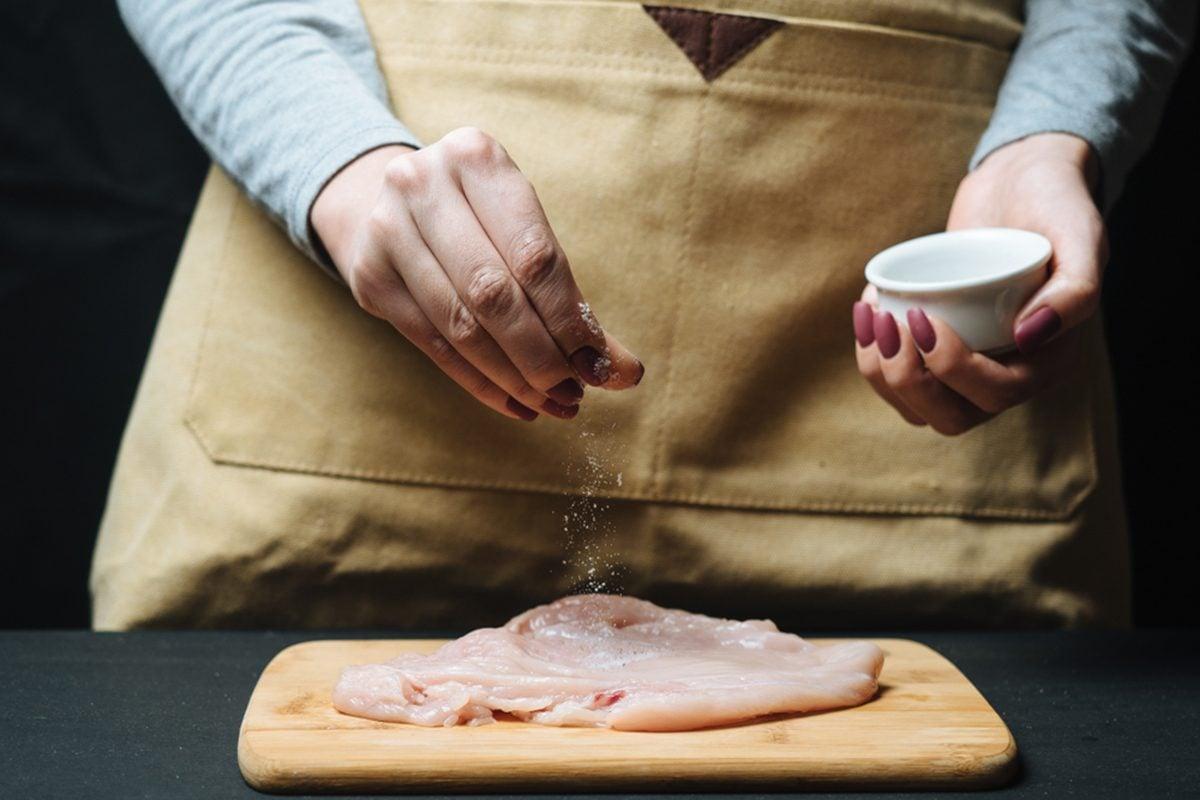
Mastering the Art of Seasoning
Seasoning is the secret weapon in any cook’s arsenal, transforming good meat into unforgettable dishes. To master the art of seasoning, you should first understand the importance of timing—seasoning too early can draw moisture out of the meat, while too late can lead to uneven flavors. A great approach is to add salt at the beginning of the cooking process,allowing it to penetrate deeply,while you can save spices for the final touches to maintain their aromatic qualities. Utilize a variety of seasonings such as herbs, spices, and marinades to accentuate the natural flavors of the meat.
Another vital aspect is to consider the cuts of meat you are working with. Different cuts require different seasoning techniques, as their texture and flavor profiles vary.Understanding the distinction can elevate your culinary creations. Here are some essential tips to guide you in your seasoning journey:
- Add fresh herbs like rosemary or thyme during cooking for robust flavors.
- Experiment with sweet and spicy combinations—the right balance can enhance and add complexity.
- Don’t forget about the importance of resting; allowing seasoned meat to rest can deepen flavors before cooking.
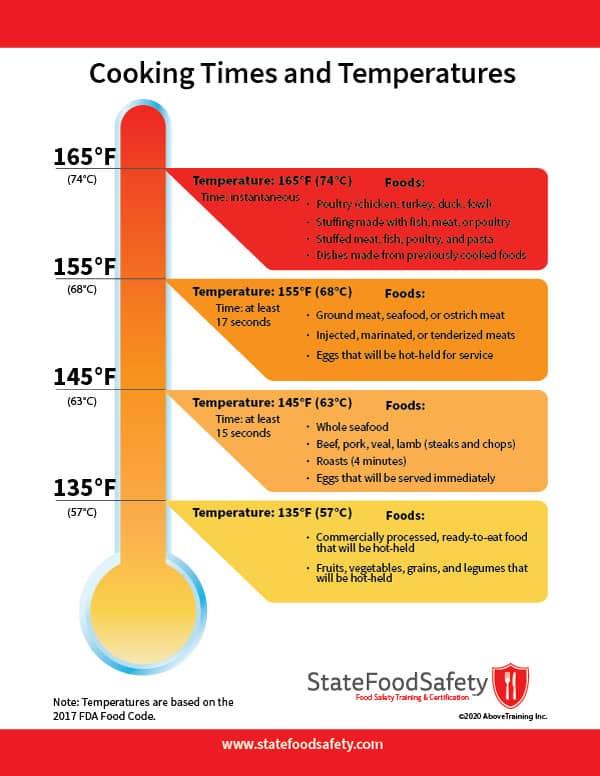
Perfecting Cooking Times and Temperatures
Understanding the ideal cooking times and temperatures is crucial for achieving perfectly cooked meat every time. Variations in thickness and type of meat can considerably affect how long it should be cooked, so it’s essential to adapt your approach accordingly.Generally, using a meat thermometer is your best freind; it ensures you’re hitting the target internal temperature for doneness. Below is a simplified guide for various types of meat:
| Meat type | Internal Temperature (°F) | Cooking Time (per pound) |
|---|---|---|
| beef (Medium-Rare) | 135 | 20-25 minutes |
| Pork | 145 | 25-30 minutes |
| Chicken (Whole) | 165 | 20-25 minutes |
| Lamb | 145 | 15-20 minutes |
| Turkey | 165 | 13-15 minutes |
In addition to relying on thermometers, it’s beneficial to consider carryover cooking, which occurs onc you remove the meat from heat. The internal temperature can rise by several degrees as it rests, enhancing juiciness and flavor. Always allow meats to rest for at least 5 to 10 minutes before slicing, which allows the juices to redistribute. Remember, while guidelines are helpful, personal preference and experience will shape your cooking process, so don’t hesitate to fine-tune these times to suit your tastes.
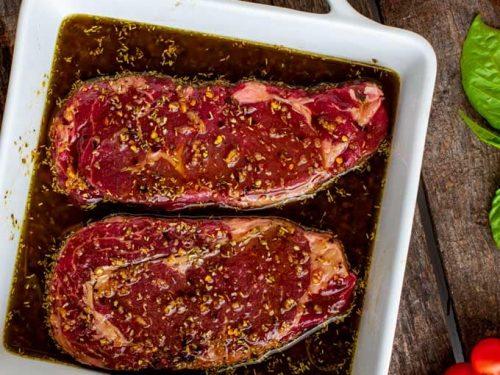
The importance of Proper Marinating
marinating meat is an art that can transform an ordinary dish into a culinary masterpiece. The primary purpose of marinating is to enhance flavor and tenderness. A good marinade typically contains three key components: acids (like vinegar or citrus juice), oils (such as olive oil or sesame oil), and seasonings (like herbs, spices, and aromatics). The acid breaks down protein fibers, making the meat more tender, while the oil helps to lock in moisture and flavor. By allowing your meat to soak in this mixture, you not only infuse it with rich flavors but also improve its texture, leading to a more enjoyable eating experience.
Timing is crucial when it comes to marinating; too short or too long can yield less-than-ideal results. Here’s a quick reference for optimal marinating times based on the type of meat:
| Meat Type | Optimal Marinating Time |
|---|---|
| Chicken | 1 to 6 hours |
| Pork | 2 to 12 hours |
| Beef | 2 to 24 hours |
| Fish | 15 to 30 minutes |
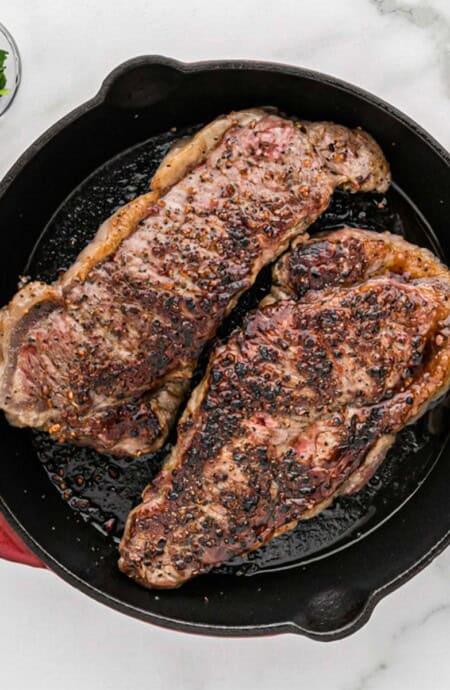
Utilizing
Techniques for Achieving a Delicious Sear
To achieve a perfect sear on your meat, start with the right heat.Using a heavy-bottomed skillet or cast-iron pan is essential, as these materials retain heat well. Preheat your pan on medium-high until it’s hot enough that a drop of water sizzles when it hits the surface. Always ensure your meat is dry before placing it in the pan; pat it down with paper towels to remove any excess moisture. This simple step minimizes steaming and maximizes caramelization, resulting in that coveted golden-brown crust.
Another crucial element is the fat you choose. Opt for oils with a high smoke point, such as canola or avocado oil, to prevent burning and to promote even browning. When placing the meat in the pan,avoid overcrowding it; this can lower the temperature of the pan and lead to a soggy texture. Rather, work in batches if necessary, allowing adequate space for heat circulation. resist the urge to move the meat around too much during cooking—let it sit undisturbed until a natural crust forms. This not only enhances flavor but also helps to develop that satisfying texture.
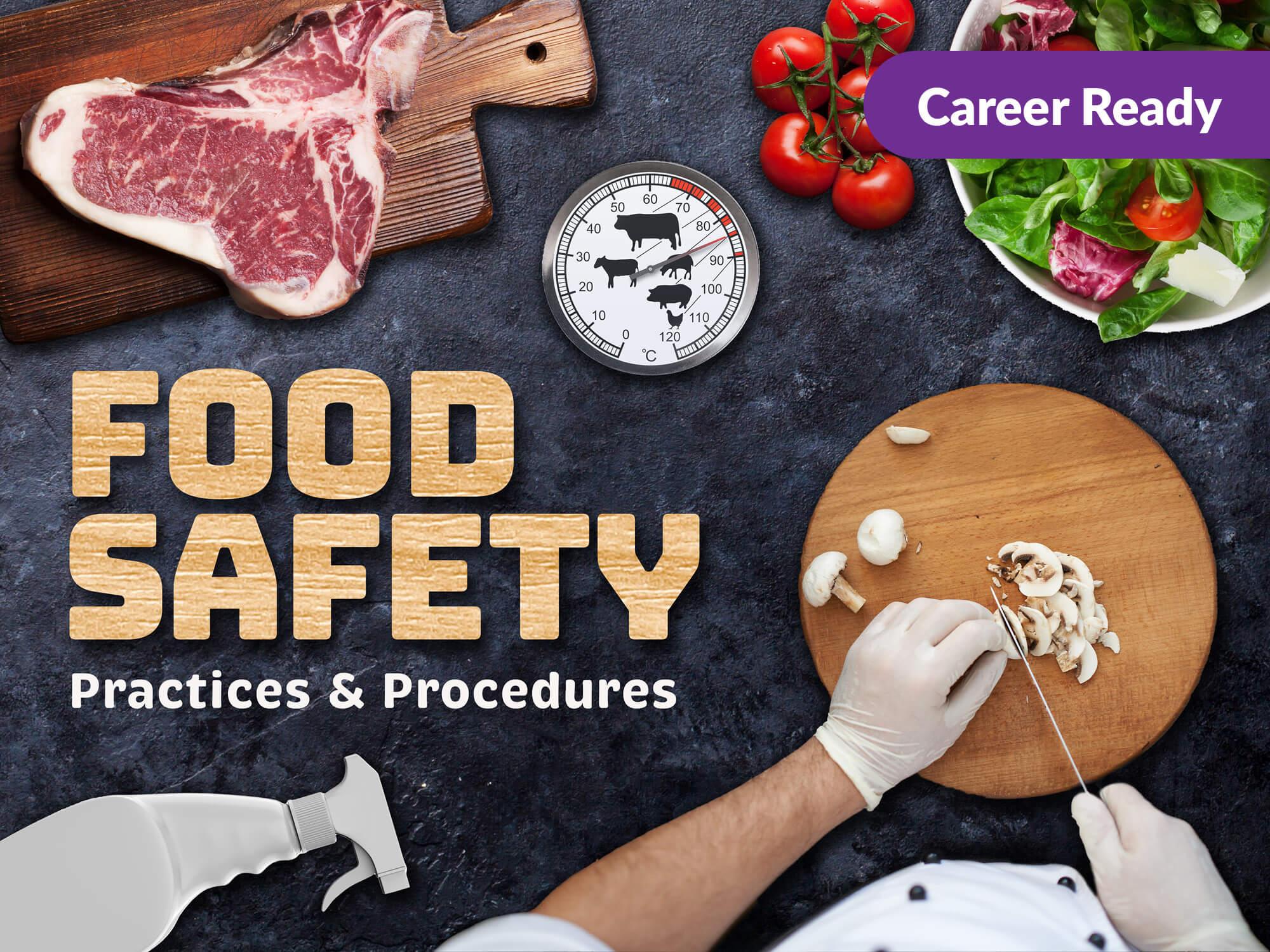
Safeguarding Food Safety Practices
When handling meat, adhering to strict hygiene and temperature guidelines is crucial for preventing foodborne illnesses. Start by washing your hands before and after handling meat to eliminate harmful bacteria.
Additionally, keep your preparation area meticulously clean by using separate cutting boards for raw meat and other food items to avoid cross-contamination. It’s also beneficial to disinfect your surfaces and utensils regularly, especially after exposure to raw meat products.
Temperature control is another key element in ensuring the safety of cooked meat. Always use a food thermometer to check the internal temperature of your meat before serving. The following are safe minimum cooking temperatures for commonly prepared meats:
| Type of Meat | Safe Minimum Temperature (°F) |
|---|---|
| ground meat (beef, pork, lamb) | 160°F |
| Poultry (chicken, turkey) | 165°F |
| steaks, chops, and roasts | 145°F |
| Fish and seafood | 145°F |
By following these vital practices, you can significantly reduce the risk of foodborne pathogens and ensure that the meat you serve is not only delicious but safe to eat.
The Way Forward
As we wrap up our exploration of the essential rules for cooking meat, it’s clear that mastering these fundamental principles can elevate your culinary skills from home-cook to kitchen connoisseur. Whether you’re searing a steak to perfection or roasting a succulent chicken, these guidelines serve as a roadmap to ensure each dish is a delicious success.
remember, cooking is both an art and a science—an invitation to experiment while respecting the fundamentals. Let these essential rules guide your journey, but don’t be afraid to infuse your creativity into your cooking. With practice and patience, you’ll find your rhythm in the kitchen, transforming not just ingredients, but experiences and memories.
So, gather your tools, ignite your passion, and let the sizzle of meat inspire your culinary adventures. Here’s to delicious meals and the joy of sharing them with those you love. Happy cooking!
